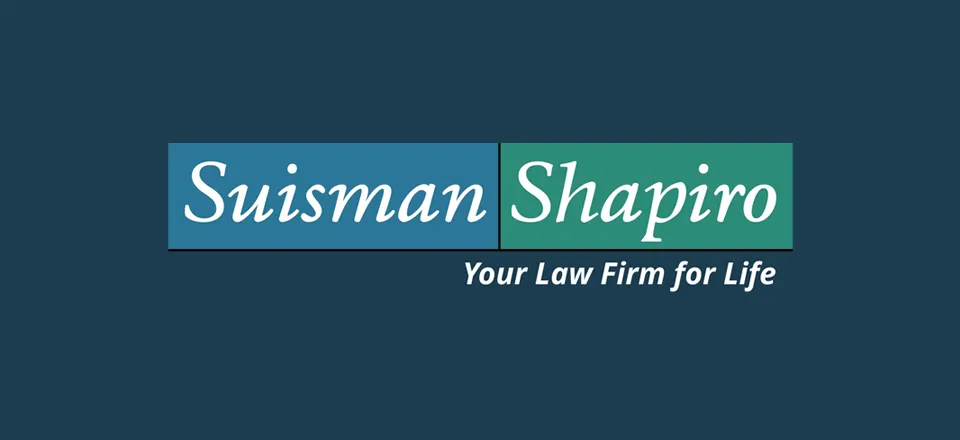Crushing injuries can kill hardworking employees

Many workers face the possibility of being crushed by equipment and other items in the workplace. Preventing these crushing hazards must be a priority for companies with employees working under these conditions. Unlike a struck-by hazard, a crushing hazard catches the worker between two objects. One or both must be moving in a way that it crushes or suffocates the employee, usually in the abdomen or on the rib cage.
There are many industries that face these risks. The construction industry is filled with moving machinery that is in proximity to the workers. Many factory workers also face the same risk.
It is imperative that employers take the proper steps to control these hazards. One of the most common ways that they can do this is to ensure that employees are properly trained on the machinery on the job site. If this includes heavy machinery like dump trucks or bulldozers, the workers will ideally have someone spotting for them who can watch out for hazards.
All workers must be cognizant of what’s going on around them. However, the onus does not fall on the employees to remain safe. Employers must provide the tools, training and protocols that can help workers stay safe. When they fail and workers get crushed, the workers can die. If the worker does survive, catastrophic injuries are likely.
If workers survive crushing injuries, they can opt to pursue workers’ compensation claims. If the worker does not survive, the next of kin may be able to file a claim on behalf of the deceased worker. These claims can help to pay for the medical bills the worker incurred due to the crushing injury. If the worker survives, it can provide partial wage replacement for the length of the disability up to state time limits.


